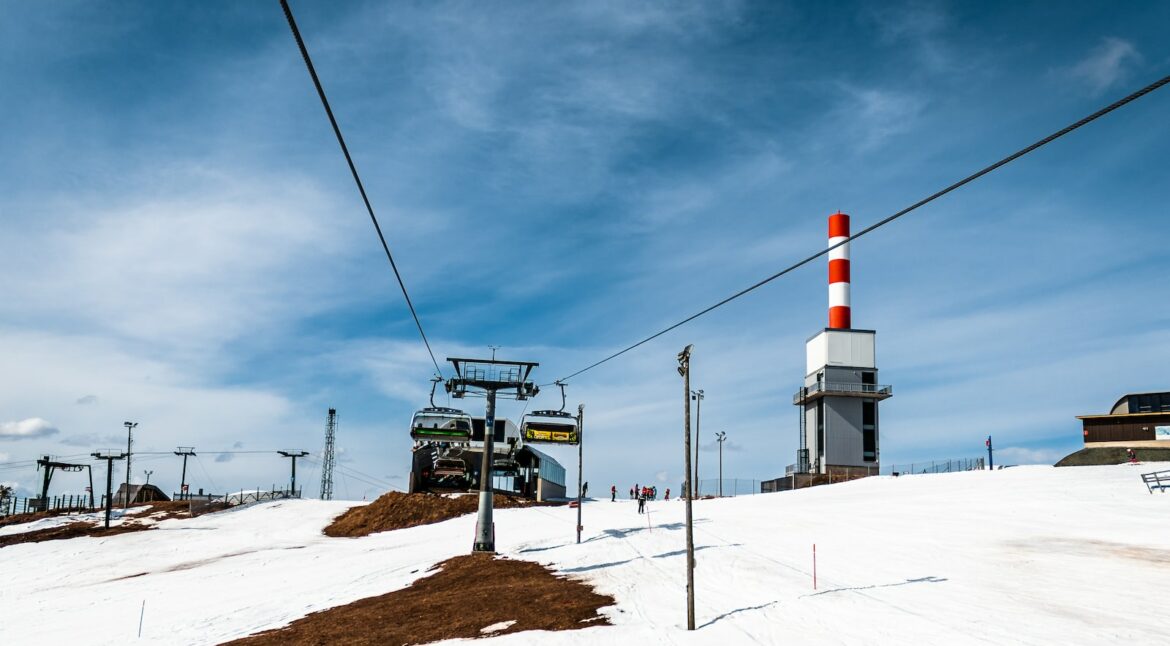Introduction:
Powder coating has established itself as one of the most reliable and durable protective finishing methods for various substrates. With its ability to withstand harsh weather conditions, powder coating has gained significant popularity across industries, from automotive and construction to outdoor furniture and appliances. In this article, we aim to delve into the realm of powder coating weather durability, providing a comprehensive understanding of its ability to resist the relentless forces of nature. Through an examination of the factors influencing powder coating performance, including the powder composition and application process, we can explore how this versatile technique ensures optimal protection against the adverse effects of climate, enhancing the longevity and aesthetics of coated surfaces. By shedding light on the technical aspects of powder coating weather durability, this article aims to serve as a valuable resource for professionals seeking to maximize the performance and durability of their powder-coated products in challenging environmental conditions.
Table of Contents
- Powder Coating Weather Durability: Understanding the Impact of Environmental Factors
- Examining the Role of Powder Coating Thickness in Weather Resistance
- Key Considerations for Enhancing Powder Coating Weather Durability
- Recommendations for Improving Powder Coating Performance in Challenging Weather Conditions
- Q&A
- To Conclude
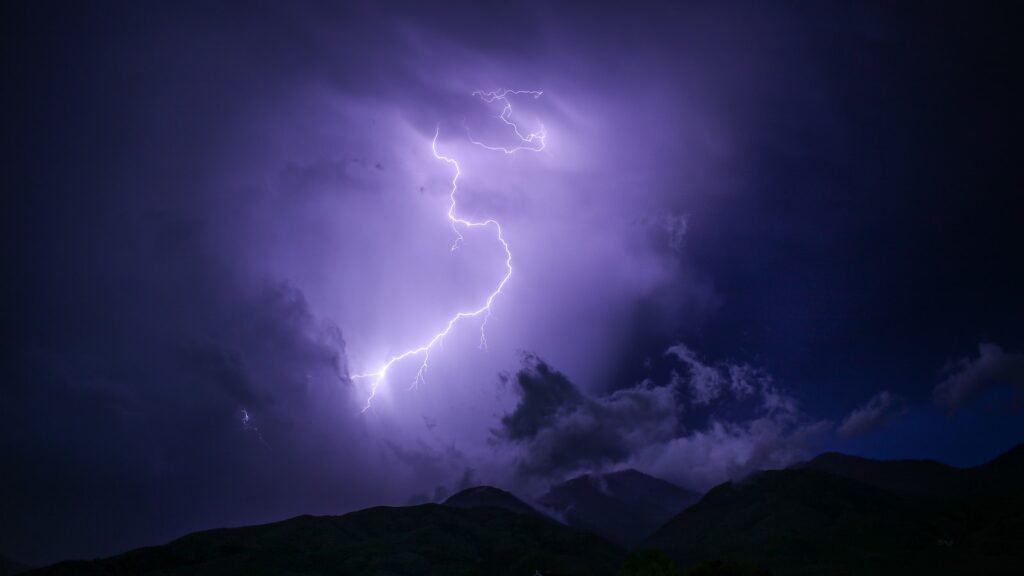
Powder Coating Weather Durability: Understanding the Impact of Environmental Factors
Powder coating is a popular finishing technique that provides exceptional durability and protection to various surfaces. However, it is crucial to comprehend the influence of environmental factors on the weather durability of powder coating. Environmental conditions can significantly impact the lifespan and performance of powder-coated surfaces, making it essential to understand these factors for optimal results.
Here are some key environmental factors that can affect the weather resistance of powder coating:
- UV Radiation: Exposure to ultraviolet (UV) radiation from the sun can cause color fading, chalking, and degradation of powder-coated surfaces over time.
- Temperature Fluctuations: Extreme heat or cold can lead to expansion and contraction of materials, resulting in cracks, peeling, or reduced adhesion of the powder coating.
- Humidity and Moisture: High humidity levels and moisture can promote corrosion, rust, blistering, and delamination of the powder coating film, compromising its durability.
- Chemical Exposure: Exposure to certain chemicals, such as acids, solvents, or pollutants, can cause chemical reactions with the powder coating, resulting in discoloration, loss of gloss, or even complete failure of the protective film.
- Wind and Abrasion: Strong winds, sandstorms, or abrasive particles can physically damage the surface of powder-coated materials, leading to scratches, chips, or erosion of the coating.
By comprehending the impact of these environmental factors, appropriate measures can be taken to enhance the weather durability of powder coating. This includes selecting the right powder coating formula for specific environmental conditions, implementing proper surface preparation techniques, and applying additional protective coatings if needed. Understanding and mitigating these environmental influences will ensure long-lasting and reliable performance of powder-coated surfaces, even in the harshest weather conditions.
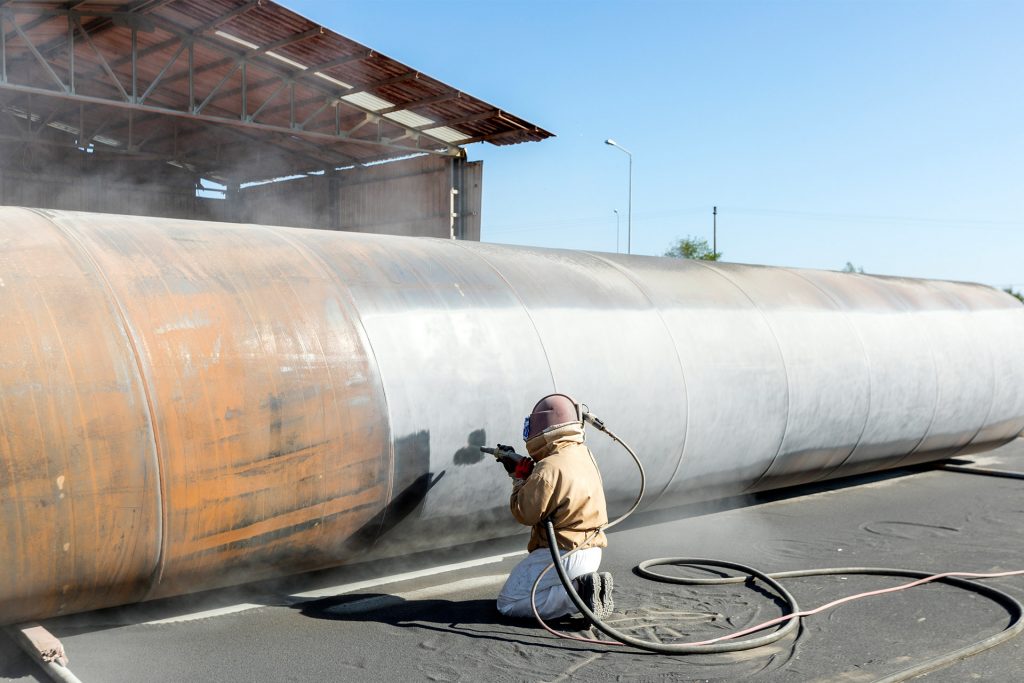
Examining the Role of Powder Coating Thickness in Weather Resistance
Powder coating thickness plays a crucial role in determining the weather resistance of a finished product. This corrosion-resistant technique involves applying a dry powder to a substrate, and then curing it under heat to form a tough and durable finish. While there are many factors that contribute to a coating’s ability to withstand harsh environmental conditions, it is the thickness of the powder film that ultimately impacts the longevity and performance of the coated surface.
Why does powder coating thickness matter?
- Protection against moisture: A thicker powder coating provides a more robust barrier against moisture, preventing water infiltration and minimizing the risk of corrosion.
- Resistance to UV rays: Thicker coatings offer enhanced UV resistance, shielding the substrate from the damaging effects of the sun’s ultraviolet radiation, which can lead to fading, discoloration, and surface degradation.
- Impact resistance: A thick powder coating acts as a protective shield, reducing the risk of damage caused by physical impact, such as scratches or abrasions.
How is powder coating thickness measured?
- Wet film thickness gauge: This device measures the thickness of the wet coating before it is cured. It helps ensure that the appropriate amount of powder is applied to achieve the desired film thickness.
- Dry film thickness gauge: After the powder coating is cured, this gauge measures the thickness of the dried coating. It verifies if the desired thickness has been achieved and if any adjustments need to be made.
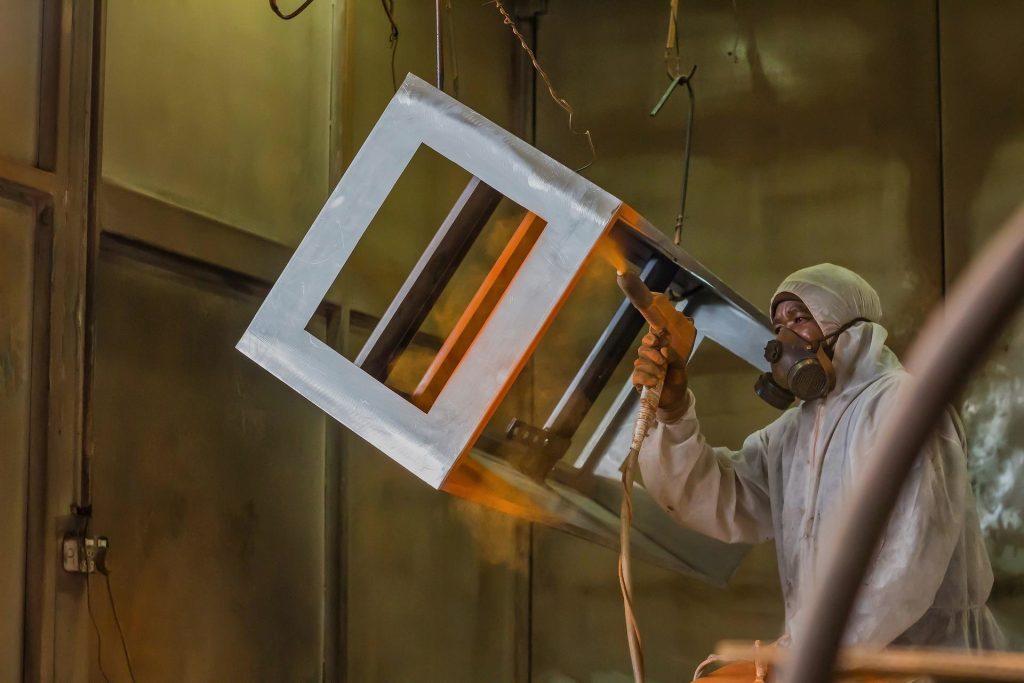
Key Considerations for Enhancing Powder Coating Weather Durability
Enhancing the weather durability of powder coatings is a crucial factor to ensure their long-lasting performance and aesthetic appeal. To achieve this, there are several key considerations that need to be addressed during the powder coating process, ranging from powder selection to application techniques.
1. Proper Powder Selection: Choosing the right type of powder is paramount for improving weather durability. Opt for powders specifically formulated to withstand the challenges posed by the environment, such as UV radiation, moisture, and temperature fluctuations. UV-resistant powders, for instance, can prevent color fading or chalking over time.
2. Pre-treatment and Surface Preparation: Prior to applying the powder, thorough pre-treatment and surface preparation are essential steps. This includes cleaning the substrate to remove any grease, oil, or contaminants that might compromise adhesion and weather resistance. Additionally, consider utilizing phosphating or etching techniques to enhance the powder coating’s bonding ability with the substrate.
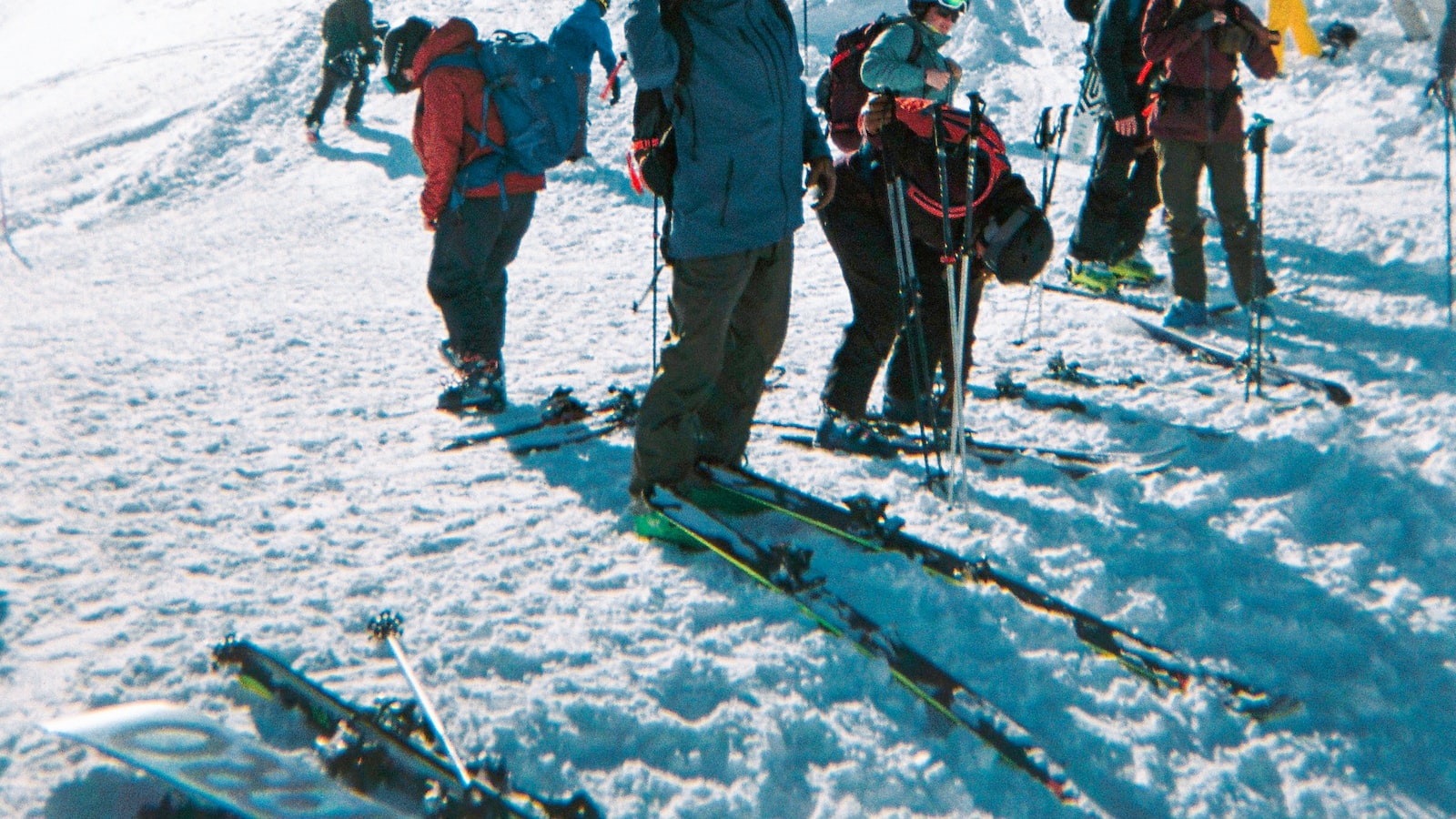
Recommendations for Improving Powder Coating Performance in Challenging Weather Conditions
When it comes to achieving optimal powder coating performance in challenging weather conditions, a few key recommendations can make a significant difference. Powder coating applications are particularly susceptible to the adverse effects of extreme temperatures, humidity, or unpredictable weather conditions, which can compromise the overall quality and durability of the finish. To ensure the longevity and resilience of your powder-coated surfaces, consider implementing the following measures:
- Select the Appropriate Powder Coating Formula: Choosing a powder coating formula specifically designed to withstand challenging weather conditions is crucial. Look for formulations that offer high resistance to UV rays, corrosion, and extreme temperatures, as they can provide enhanced protection against the environmental elements.
- Pre-Treatment and Surface Preparation: Proper surface preparation is essential for powder coating success. Thoroughly clean and remove any contaminants from the substrate before application. Consider incorporating a pre-treatment process such as chemical cleaning, abrasive blasting, or phosphate conversion coating to optimize adhesion and improve corrosion resistance.
- Controlled Environment Setup: Controlling the environment during the powder coating process is vital. Establishing a clean and controlled environment with regulated temperature and humidity levels can greatly enhance the adherence and flow characteristics of the powder, ensuring a flawless finish.
By following these recommendations, you can elevate the performance of your powder coating applications even in the face of challenging weather conditions. Remember to prioritize selecting the right powder coating formula, implementing thorough surface preparation techniques, and maintaining a controlled environment for ideal results. Weather challenges should no longer be an obstacle but instead an opportunity to showcase the resilience of your powder-coated surfaces.
Q&A
Q: What is powder coating weather durability?
A: Powder coating weather durability refers to the ability of a powder-coated surface to withstand various weather conditions without significantly deteriorating or losing its protective qualities.
Q: How does powder coating protect against weather conditions?
A: Powder coating provides a protective layer that shields the surface from environmental elements, such as extreme temperatures, UV radiation, moisture, and corrosive agents. This protection prevents the surface from rusting, fading, chipping, or peeling.
Q: Are powder-coated surfaces resistant to temperature extremes?
A: Yes, powder-coated surfaces exhibit excellent resistance to temperature extremes. They can withstand both high and low temperatures without cracking, flaking, or losing their adhesion.
Q: Does powder coating protect against sunlight and UV radiation?
A: Absolutely. Powder coating contains UV-resistant additives that shield the surface from the harmful effects of sunlight and UV radiation. This protects against fading, discoloration, and deterioration caused by prolonged exposure to UV rays.
Q: Is powder coating resistant to moisture and water damage?
A: Yes, powder coating exhibits high resistance to moisture and water damage. It forms a sealed protective barrier on the surface, preventing water penetration and thereby minimizing the risk of rust, corrosion, and degradation caused by moisture.
Q: Can powder-coated surfaces be exposed to harsh weather conditions?
A: Yes, powder-coated surfaces can endure harsh weather conditions with minimal impact. They are particularly well-suited for outdoor installations, as they offer superior durability and resistance to weathering factors, including rain, snow, sleet, wind, and even saltwater exposure.
Q: How does powder coating compare to other coatings in terms of weather durability?
A: Powder coating outperforms many other types of coatings in terms of weather durability. It provides a stronger and more resilient barrier against environmental factors compared to liquid coatings, providing long-lasting protection even under challenging weather conditions.
Q: Are there any limitations to powder coating weather durability?
A: While powder coating offers excellent weather resistance, it may not be suitable for certain extreme environments, such as highly acidic or alkaline conditions. In such circumstances, additional protective measures and specialized coatings may be necessary.
Q: Can powder-coated surfaces be touched up or repaired if damaged by weathering?
A: Yes, powder-coated surfaces can be repaired when damaged by weathering. Minor damage, like scratches or small chips, can be touched up with matching powder coating materials, while more extensive damage may require stripping and recoating the affected area.
Q: How can one ensure maximum weather durability for powder-coated surfaces?
A: To maximize weather durability for powder-coated surfaces, it is essential to follow proper surface preparation techniques, choose high-quality powder coatings appropriate for the specific environmental conditions, and ensure correct and thorough application. Additionally, routine maintenance and cleaning can help preserve the coating’s integrity over time.
Key Takeaways
In conclusion, powder coating technology has undoubtedly revolutionized the realm of surface finishing, providing unparalleled durability against various weather conditions. Its ability to resist corrosion, scratching, and fading makes it the ideal protective coating for outdoor applications, whether in the industrial, automotive, or architectural sectors. The meticulous application process and precise curing temperature ensure an even and robust finish that can withstand extreme temperatures, UV radiation, moisture, and chemical exposure.
By integrating advanced weather durability additives and innovative formulations, powder coating manufacturers continue to improve the performance of their coatings. These enhancements enable the surfaces to resist fading, chalking, cracking, and other imperfections associated with prolonged exposure to harsh environmental elements. Additionally, the ability to customize the color, texture, and thickness of the coating further enhances the versatility of powder coating in meeting specific weather durability requirements.
While powder coating’s long-term weather durability is indeed impressive, routine maintenance and proper cleaning practices are essential to preserve its performance. Periodic inspections and prompt repairs of any damage sustained ensure the protective integrity of the coating remains intact over time. By adhering to these maintenance procedures and utilizing suitable cleaning materials, users can enjoy the extended lifespan and exceptional weather durability that powder coating brings.
In summary, powder coating’s weather durability properties make it a superior choice for applications where extreme weather conditions are a constant concern. With unmatched resistance against corrosion, fading, scratching, and weathering, powder coating stands as the paramount solution for long-lasting, aesthetically pleasing, and cost-effective surface protection. Its versatility, longevity, and eco-friendly nature position it as a crucial player in the ever-evolving field of surface finishing, offering unmatched peace of mind to a wide range of industries worldwide.

